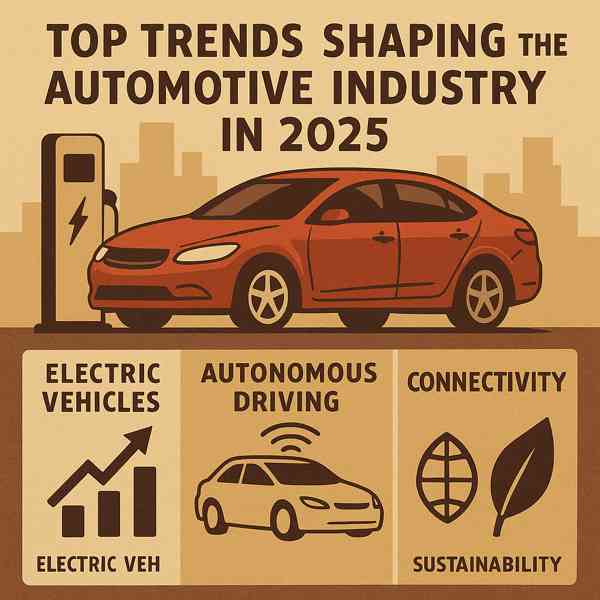Driving Toward a Cleaner Future with EVs
Driving Toward a Cleaner Future with EVs
Blog Article

With zero emissions and cutting-edge technology, EVs are quickly becoming a top alternative for personal and commercial travel.
As battery technology improves and infrastructure expands, owning an electric vehicle has never been more practical.
Understanding EVs
Unlike gasoline-powered cars, EVs produce zero tailpipe emissions.
Main elements of an electric vehicle:
- Replaces the internal combustion engine
- Stores the electrical energy
- Manages energy flow from battery to motor
- Connects to home or public chargers
Electric vehicles come in various types, such as battery electric vehicles (BEVs)—each with different levels of electrification.
Benefits of Electric Vehicles
The rise of electric vehicles is fueled by their positive environmental impact.
What makes EVs attractive:
- Electricity is cheaper than gas
- No tailpipe emissions
- Quiet and smooth ride
- Government incentives and tax credits
For eco-conscious and cost-aware drivers, electric vehicles are an increasingly forward-thinking choice.
Limitations to Consider
Despite the growing popularity of EVs, they still face some barriers that buyers should consider.
Common concerns include:
- Limited driving range
- Charging infrastructure gaps
- Though often offset by long-term savings
- Batteries degrade over time
As technology advances and infrastructure improves, many of these challenges are becoming easier to manage.
Different Kinds of EVs on the Market
EVs vary by power source, range, and usage.
Main types of EVs include:
- Fully electric with no gas engine
- Plug-in Hybrid Electric Vehicles (PHEVs)
- Self-charges through regenerative braking
- Fuel Cell Electric Vehicles (FCEVs)
Each type has its pros and cons, so buyers should understand the differences.
Understanding Charging Options
There are multiple charging levels and methods depending on your daily usage.
How EVs get recharged:
- Slow but accessible anywhere
- Faster and ideal for daily use
- DC Fast Charging
- Wireless or inductive charging (emerging tech)
As public charging networks expand, EV owners will enjoy even more support and reliability.
What’s Next for EVs?
Electric vehicles are here to stay.
Next-generation EV developments:
- Longer range and safer performance
- Turning cars into energy assets
- Combining EV tech with self-driving systems
- Expansion of affordable EV models
As get more info innovation continues, EVs will become more mainstream and essential.
Conclusion
With growing demand and continuous improvement, EVs are becoming a smart option for more drivers every day.
From environmental benefits to cutting-edge tech, electric vehicles offer a exciting alternative to traditional cars.
Report this page